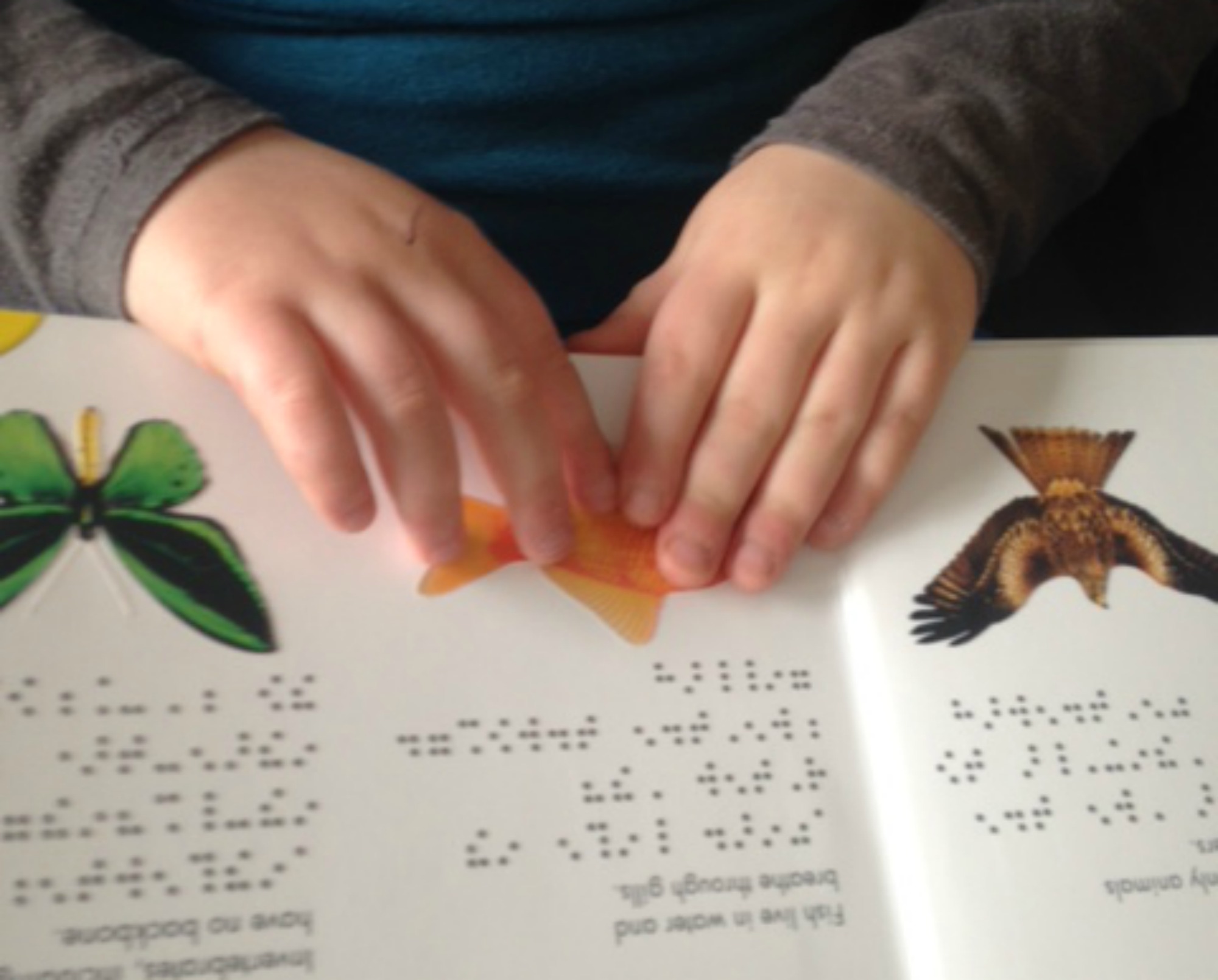Hyperlinked Communities and Children’s Librarianship
 Public children’s libraries are hyperlinked environments that cater to the diverse needs of their young patrons. In today’s digital age, libraries have evolved to become vibrant spaces that foster a love for reading and learning. The problem of overwhelming book choices is addressed by offering a curated selection of popular titles, as seen on social media platforms like #BookTok, which highlights trending books and spark circulation in school libraries; or curated collections in the realm of public libraries (Jansen, 2022). Furthermore, libraries have come to recognize the importance of serving diverse populations, including those with different abilities, languages, and cultural backgrounds (Garcia-Febo, 2018).
Public children’s libraries are hyperlinked environments that cater to the diverse needs of their young patrons. In today’s digital age, libraries have evolved to become vibrant spaces that foster a love for reading and learning. The problem of overwhelming book choices is addressed by offering a curated selection of popular titles, as seen on social media platforms like #BookTok, which highlights trending books and spark circulation in school libraries; or curated collections in the realm of public libraries (Jansen, 2022). Furthermore, libraries have come to recognize the importance of serving diverse populations, including those with different abilities, languages, and cultural backgrounds (Garcia-Febo, 2018).
To create an inclusive environment, libraries provide access to various formats, such as audiobooks, e-books, and large print books, to accommodate both struggling and other diverse readers (Klinker, 2020). This approach acknowledges that there is no single “magical book” that will resonate with every reader, but rather the key is access and choice. Libraries also strive to create a sense of community by fostering connections between readers through conversations, sharing, and performative experiences (Stephens, Hyperlinked Communities Lecture).

The hyperlinked model recognizes that libraries should focus on reaching all users, regardless of their physical or virtual presence. This involves understanding the needs of specific populations, such as parents of toddlers, who are considered valuable members of the library community (Pewrainangi, 2014). By doing so, libraries can tailor their services to meet the unique needs of these groups. The library I work for, appears to be catering to the “all” and not doing a stellar job of meeting the needs of individuals.
In addition to providing access to books and resources, libraries play a crucial role in shaping children’s lives by instilling a love of reading and learning. As Ciara Eastell (2019) notes in “How Libraries Change Lives,” even the poorest children can benefit from library services, which give them a strong foundation for future success. This is reflected in the concept of heterotopia, a place of transformation where children can explore and discover new ideas (4:52).

Ultimately, public children’s libraries are hyperlinked environments that aim to bring people together and promote the pursuit of happiness through education (Smith, TED, 2014). By listening to feedback from their communities and adapting to changing needs, libraries can continue to evolve and thrive as vital institutions that shape the lives of future generations.
One Comment
Michael Stephens
@crain I so appreciate your focus on welcoming everyone and listening for feedback. I’m reminded of what Michael said in our chat on Sunday that we should also listen to what the silence might mean when we don’t hear people talking or asking about services.